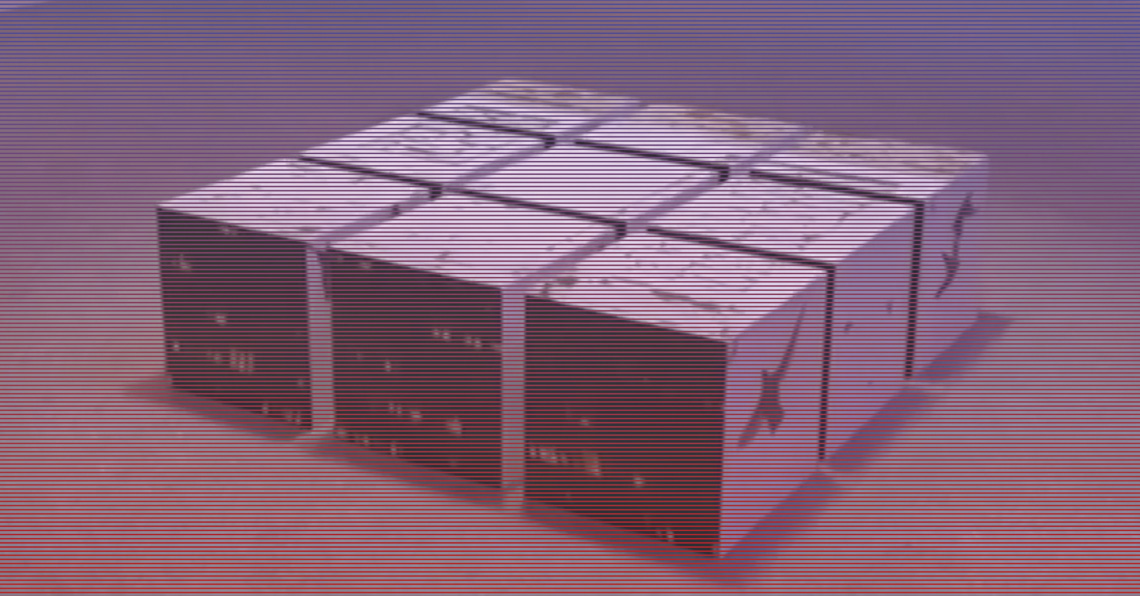Magnets
Issue: XXIX.3 May - June 2022Page: 10
Digital Citation
Authors:
Jasmina Maric
With the onset of the Covid-19 outbreak, we suddenly found ourselves deprived of a basic human need: social interaction. The whole world faced an unprecedented situation of isolation, scared to get close to other human beings. The very same conditions that separated us also brought us together.
 |
Magnets map |
During this period, many of us in Europe sought new forms of collaboration and solidarity. Unfortunately, in such a grave situation, the Continent was again split by traditional notions of nations and local interests, along with their related fears. Looking at a divided Europe, we decided to challenge one of its oldest divisions: the separation of north and south, including the division of "cold" and "warm" prejudice. Aiming to challenge our traditional forms of inquiry, we called on artistic practices to help us understand what kind of society we hoped to wake up to after the pandemic was over.
We sent an invitation from "Mrs. Europe" to six artists residing in Northern Europe to collaborate with six artists residing in Southern Europe. The artists had never met before and came from different disciplines. In accepting this collaboration with the unknown, we created Magnets, a nonprofit collaborative art project that includes 12 artists and three organization members based in Barcelona, Athens, Marseille, Belgrade, Gothenburg, Helsinki, and Berlin. Working in the North and South of Europe, we see our collaborative energy as a strong magnetic field between the participants of Magnets. And just as everything has been turned upside down by the pandemic, so too are the colors of our Magnets logo. We deliberately switched the colors used in physics to emphasize our focus on the old cliché of "cold north" (blue) and "warm south" (red).
 |
Magnets scheme of collaboration |
 |
Pair 2: Tobi and Ksenija |
 |
Pair 4: Jovana and Abulena |
 |
nico shelter |
 |
Pair 1: Jenna and Mici |
 |
Raily |
 |
Pair 6: Angie and Johnny |
 |
Pair 5: Yria and Ingeborg |
To deconstruct longstanding north-south European divisions, and to understand how we are to communicate and collaborate over national borders, languages, and cultures with people we have never met, we created random north-south connections and asked for collaboration. Through these random collaborations, we hoped to discover novel ways for collaboration and inclusive communication.
The project started with six north-south duets. We randomly created six pairs of artists—one from the North and one from the South to collaborate on their reply to Mrs. Europe's questions. The first three-week cycle resulted in six different art pieces. After that, the project got into its second three-week phase, where artists were randomly grouped in quartets, each made up of two duets. This second phase resulted in four original art pieces. The third and final phase of the Magnets project was a group collaboration where after a period of three weeks all 12 artists prepared The One, a unifying art piece.
Jasmina Maric holds a Ph.D. in communication and information science from Tilburg University. She is a senior lecturer at Chalmers University of Technology in the fields of HCI, ID, UX, GUI, visual communication, social integration, and social media. Her artistic interests include writing, art and technology, and collaborative art. [email protected]
Copyright held by author
The Digital Library is published by the Association for Computing Machinery. Copyright © 2022 ACM, Inc.


